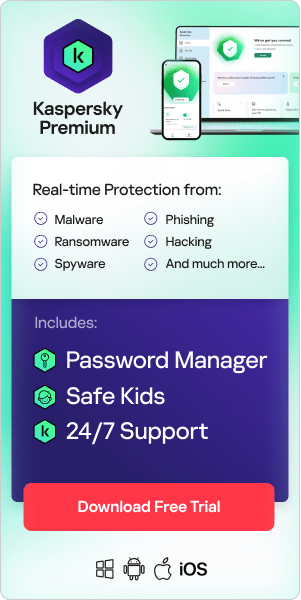
In September 2017, cybercriminals accessed the Equifax — a credit reporting agency — credit data of 143 million Americans. If you have an Equifax credit file, it's very likely your social security number, birthdate, address, and driver's license number are among the compromised information [1].
If you haven't already taken the necessary steps to ensure cybercriminals can't use your personal data, you should take action now. The first step is finding out how to monitor and freeze your credit.
Watch It!
There are a few different ways to watch your credit report for changes related to unauthorized use. Every consumer is entitled to one free credit report every year from each of the three major credit reporting bureaus: Equifax, TransUnion, and Experian.
The trio established a joint website for ordering reports. You could order all three reports at once, but it may be better to space them out throughout the year to track changes over time. Keep in mind that other companies establish websites that do essentially the same thing, but they require credit card information or a subscription agreement. The official website offers this service for free [2].
Advertisements for credit monitoring services regularly pop up next to news stories related to credit issues, but are they really worth it?
Breached companies often offer free credit monitoring to victims, but these services are reactive, not proactive.
Additionally, the monitoring company may be able to detect when a fraudster applies for credit in a victim's name, but it can't prevent the application from being approved [3]. Two options can prevent fraudulent applications from being approved, and both are relatively inexpensive.
1. Red Alert!
As soon as you learn you're vulnerable to identity theft, you can request a fraud alert at any of the credit reporting agencies. The agency that receives the request must pass the request along to the other two. This service is free for one use every 90 days.
The alert requires companies to verify the person who applied for credit is the person whose information appears on the application, and that makes the approval process more difficult for fraudsters [4].
2. Freeze!
The other option is to initiate a credit freeze, which means the credit bureaus can't respond to requests for credit reports from anyone but the account holder.
If an identity thief attempts to apply for credit with your information, the application is rejected.
You have to contact each reporting bureau individually to initiate a freeze, and it typically costs between $5 and $10 for each freeze request.
Unfreezing credit also has a fee in most cases. A freeze lasts seven years, or until you lift it.
Freezing credit does have some drawbacks. It's important to consider the following:
- You won't be able to apply for credit when you need it, and it could hinder applications for jobs, rental property, insurance, and anything else that involves a credit report.
- A credit freeze doesn't prevent someone from stealing and misusing credit card information or account credentials to make unauthorized purchases.
- Even frozen credit can suffer damage from activity on already open accounts, even fraudulent accounts.
- The fees associated with freezing and unfreezing credit repeatedly can become expensive over time [5].
Many people who attempted to freeze their credit after the latest big breach found the bureaus to be unresponsive as they struggled to process the onslaught of requests.
Experts recommend you keep trying if you decide that a credit freeze is the right option for you. Freezing is a valuable tool, but it can only be initiated by calling the bureaus or filling out the forms on their websites [6].
The Equifax breach wasn't the first major cyberattack, and it won't be the last. Every consumer benefits from increased vigilance in guarding credit, regardless of how the monitoring takes place.
Related articles:
- Computer Viruses and Malware Facts and FAQ
- How to Prevent Identity Theft?
- What is a Trojan?
- Spam and Phishing





